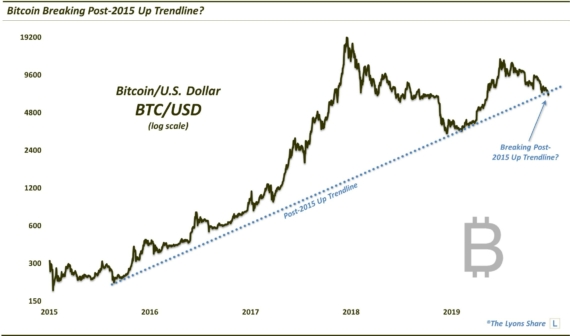South Africa: The Latest Great Global Equity Breakout?
The South African stock market is attempting a long-awaited breakout from its 3-year consolidation.
As we’ve discussed in countless posts this year, along with the inexorable rise in U.S. large-cap stocks, another hallmark, thus far, in 2017 has been the re-emergence of foreign stock markets. We have documented a continuous string of comebacks and breakouts this year among these international markets. In fact, for the first time since 2008, foreign markets are threatening to shift their trend of relative performance versus the U.S. back to the upside.
Speaking of 2008, it was that year that marked the end of a 5-year rally in South African stocks, as measured by the benchmark FTSE/JSE All Shares Index (JALSH). After trading sideways for more than 3 years, digesting its prior gains, the JALSH finally broke out to new all-time highs in early 2012.
After another 3-year rally, the JALSH fell into a relatively tight trading range, at least considering the duration of its consolidation. Finally, after about 3 years within that range, the index is putting forth a convincing breakout attempt. As of yesterday, the JALSH closed over 56,000, surmounting the handful of peaks around the 55,000 level over the previous 3 years.

Now, there is no guarantee that this breakout attempt will be successful. There are, in fact, a number of key Fibonacci Extensions stemming from major historical declines in the JALSH sitting not too far above the recent highs. Furthermore, due to the mounting concerns we have over the durability of the U.S. stock market rally, there is a chance of a global equity downturn developing in the not-too-distant future.
However, we will deal with that when and if the situation arises. For now, this looks like the latest in a long list of legitimate looking breakouts among international equity markets. And that is something to keep in mind when pondering the immediate path for global equities. Specifically, whether considering either the absolute potential or the relative potential versus U.S. stocks, international markets continue to offer intriguing prospects.
_____________
Disclaimer: JLFMI’s actual investment decisions are based on our proprietary models. The conclusions based on the study in this letter may or may not be consistent with JLFMI’s actual investment posture at any given time. Additionally, the commentary provided here is for informational purposes only and should not be taken as a recommendation to invest in any specific securities or according to any specific methodologies. Proper due diligence should be performed before investing in any investment vehicle. There is a risk of loss involved in all investments.



1 Comment